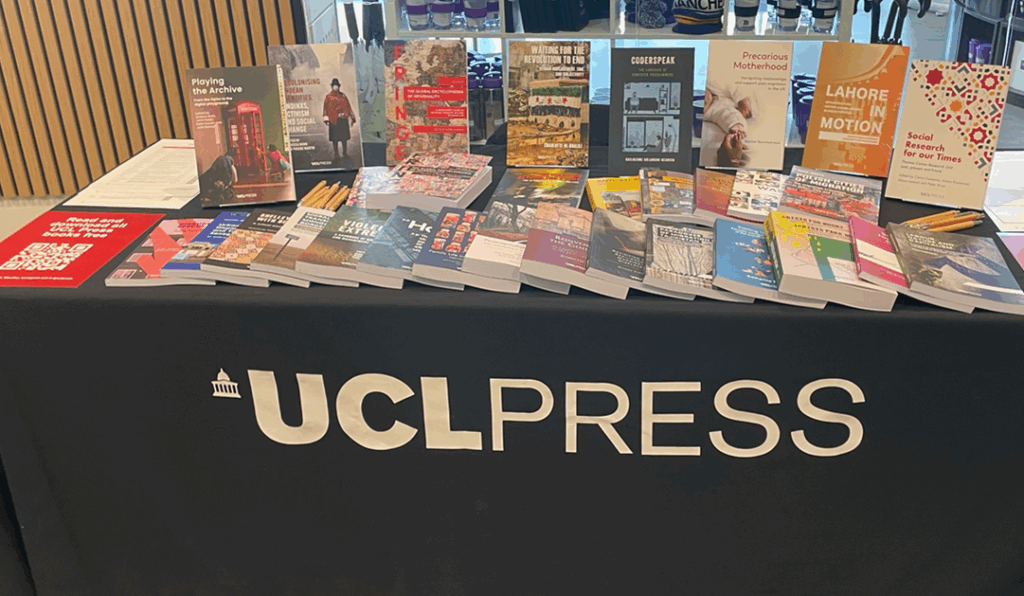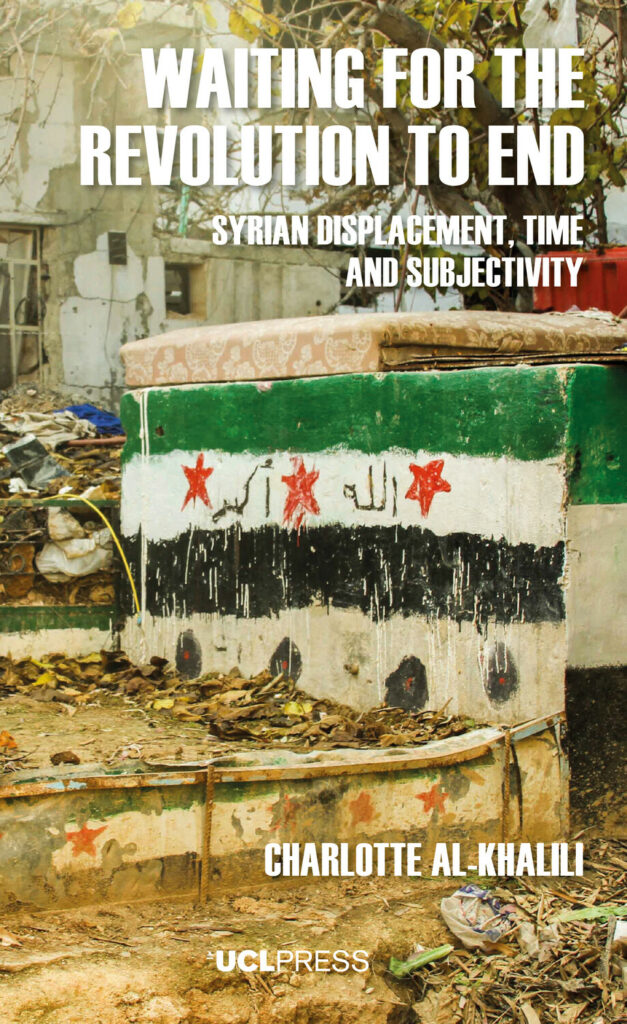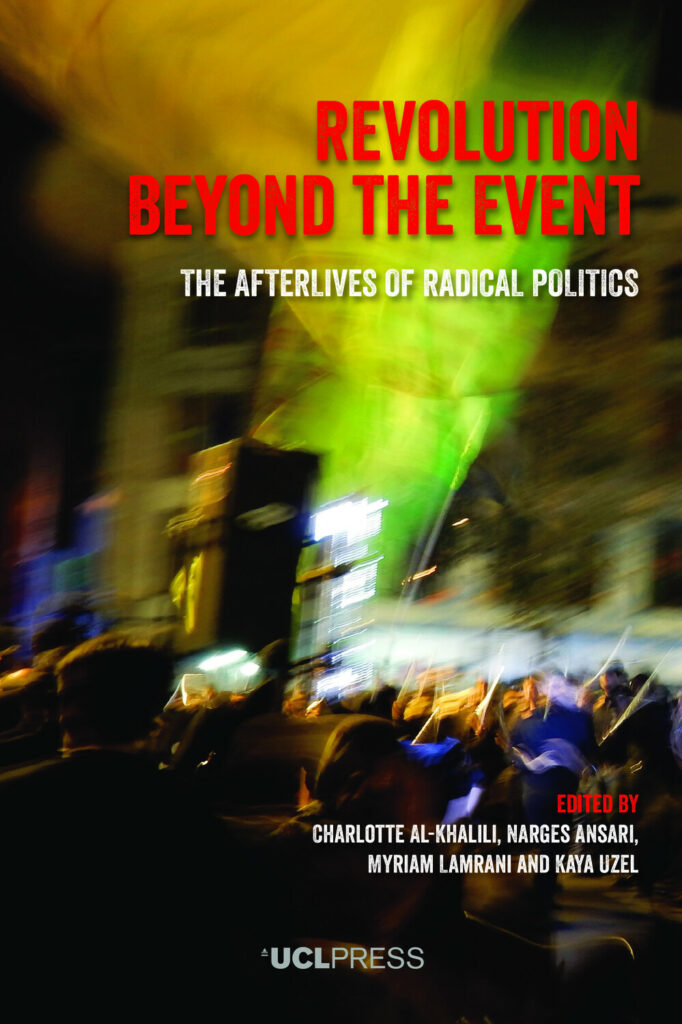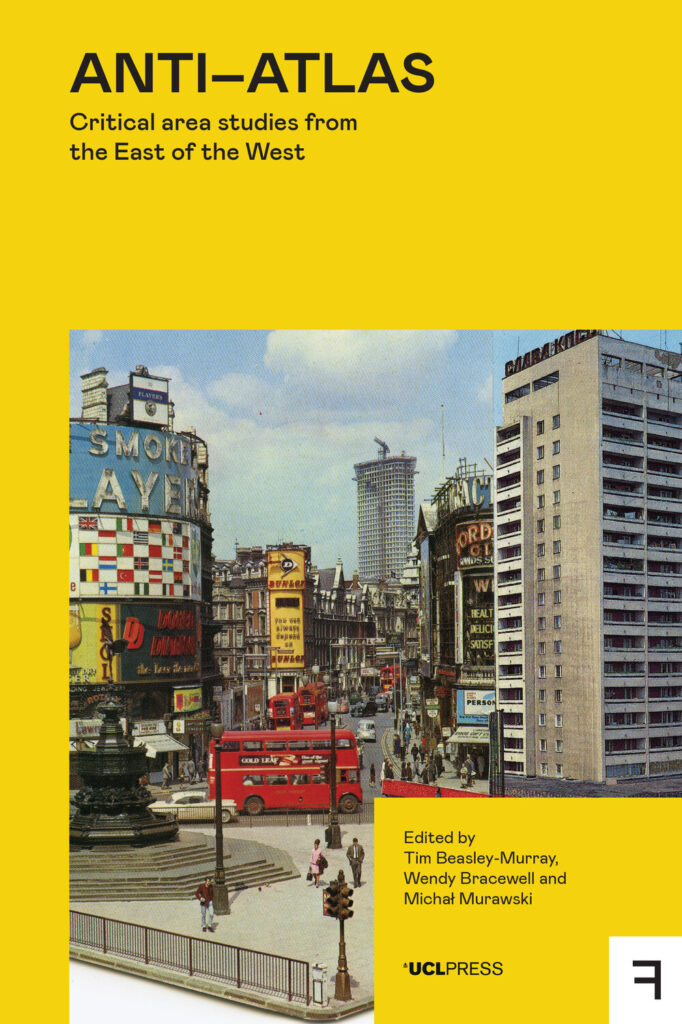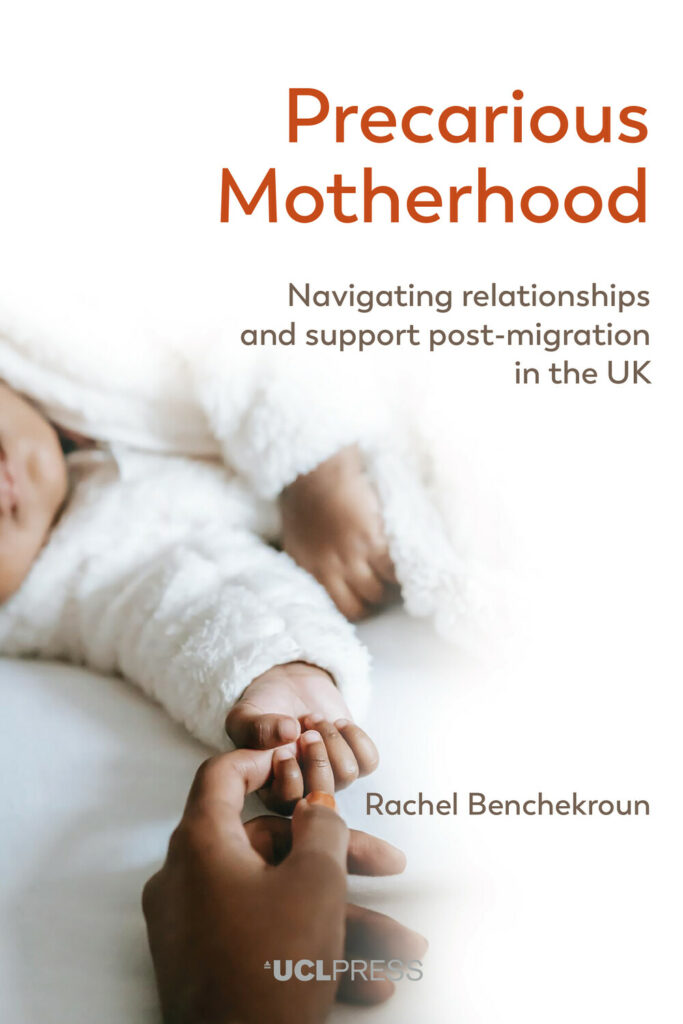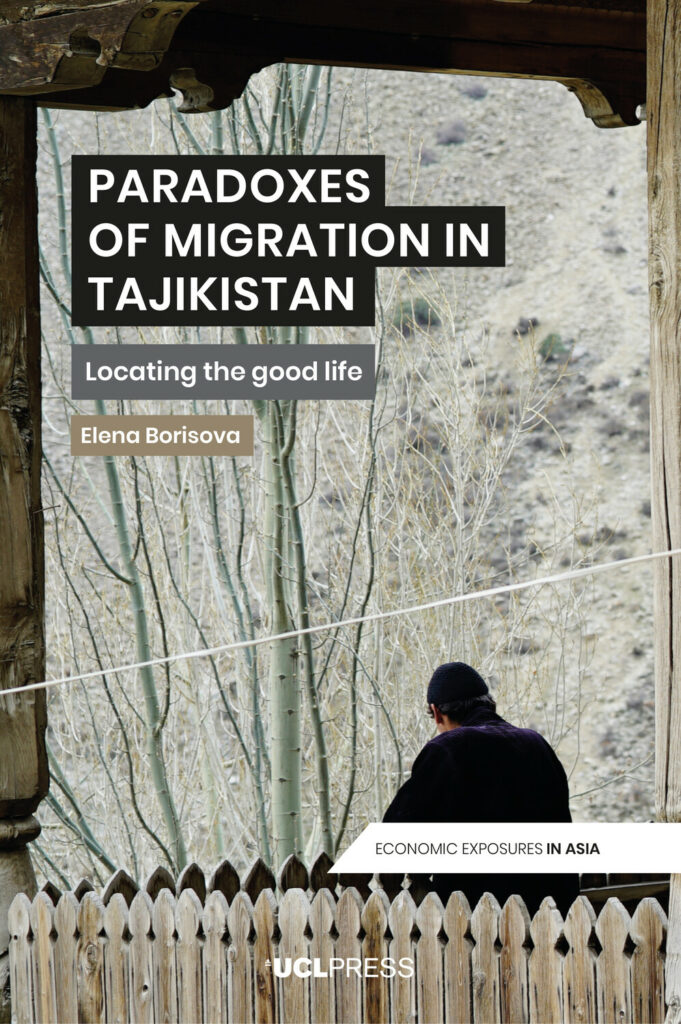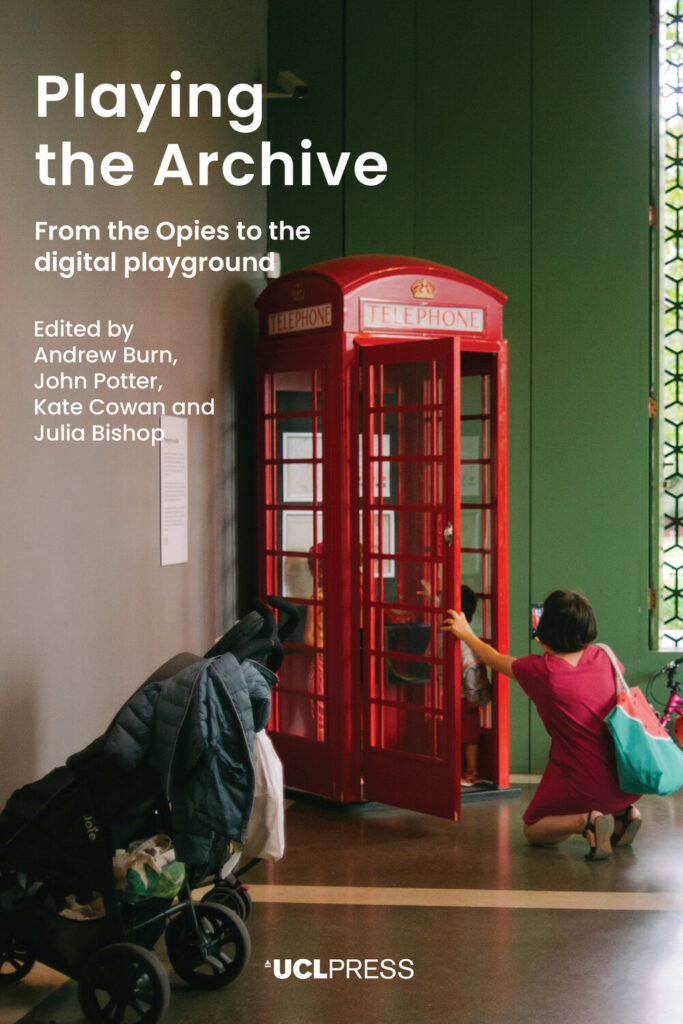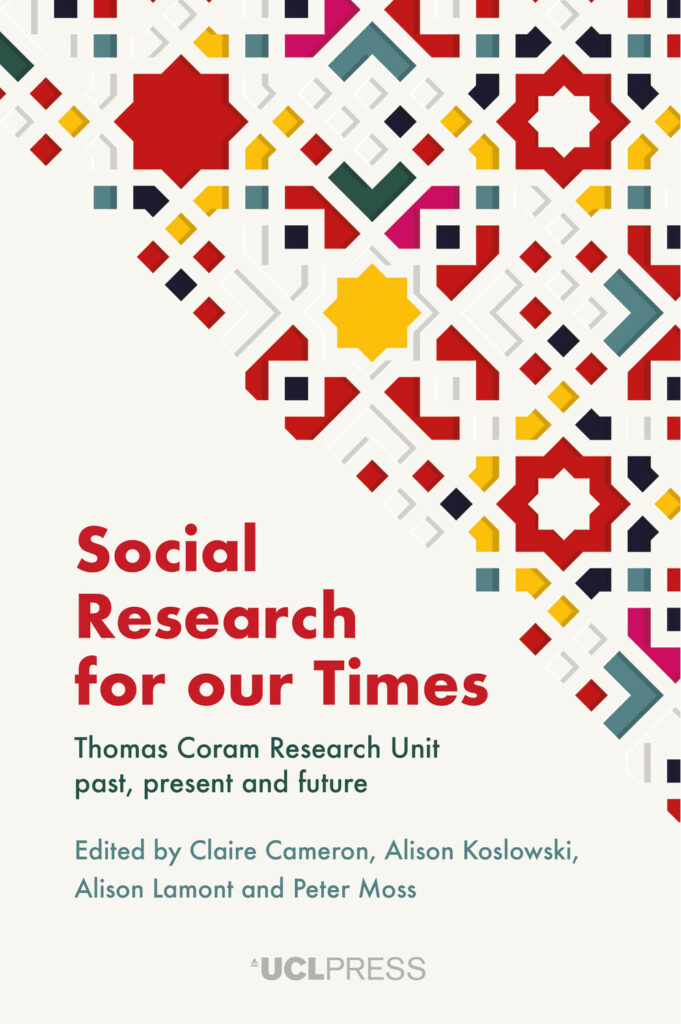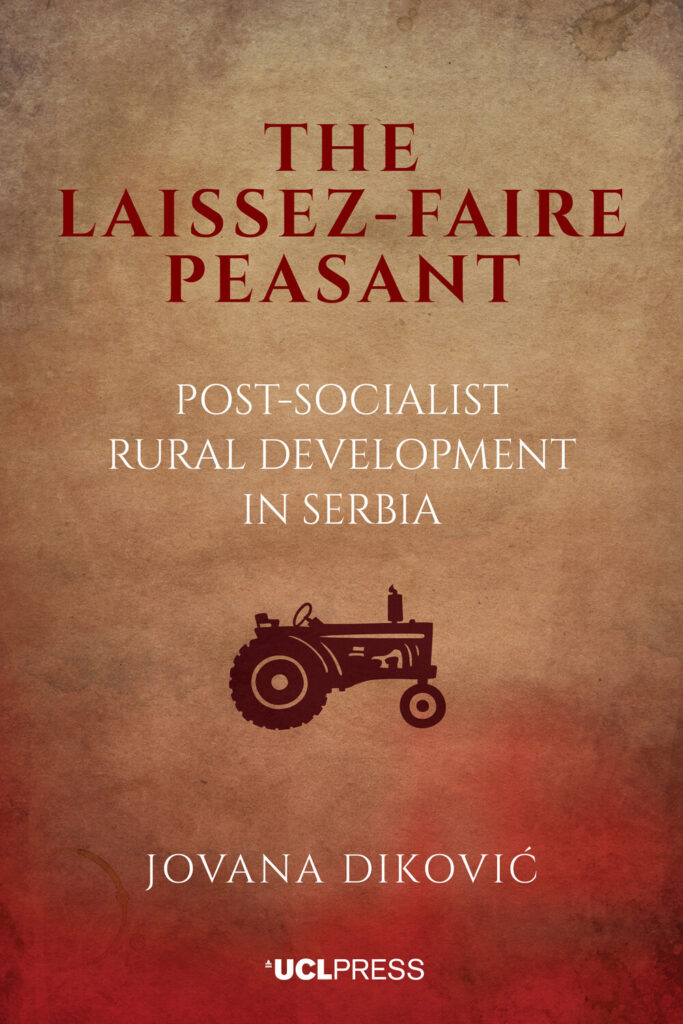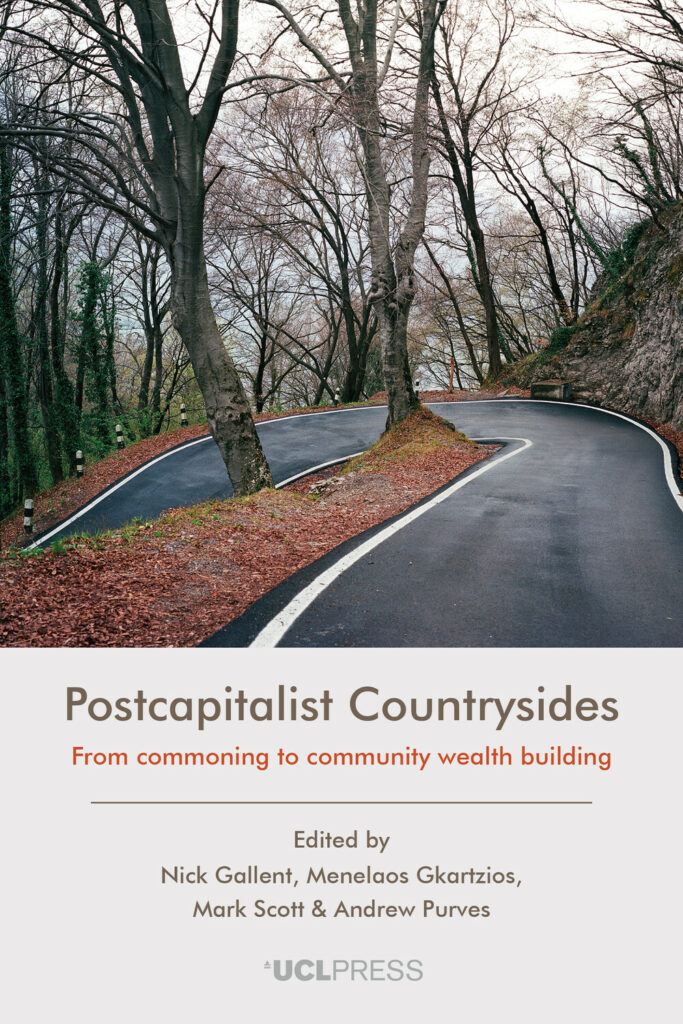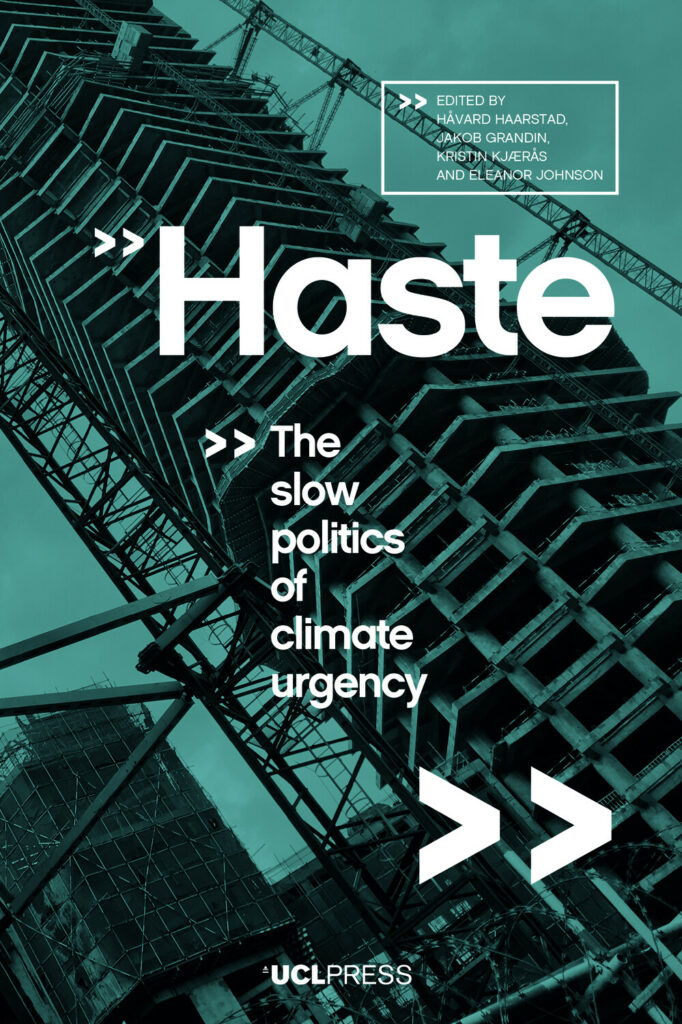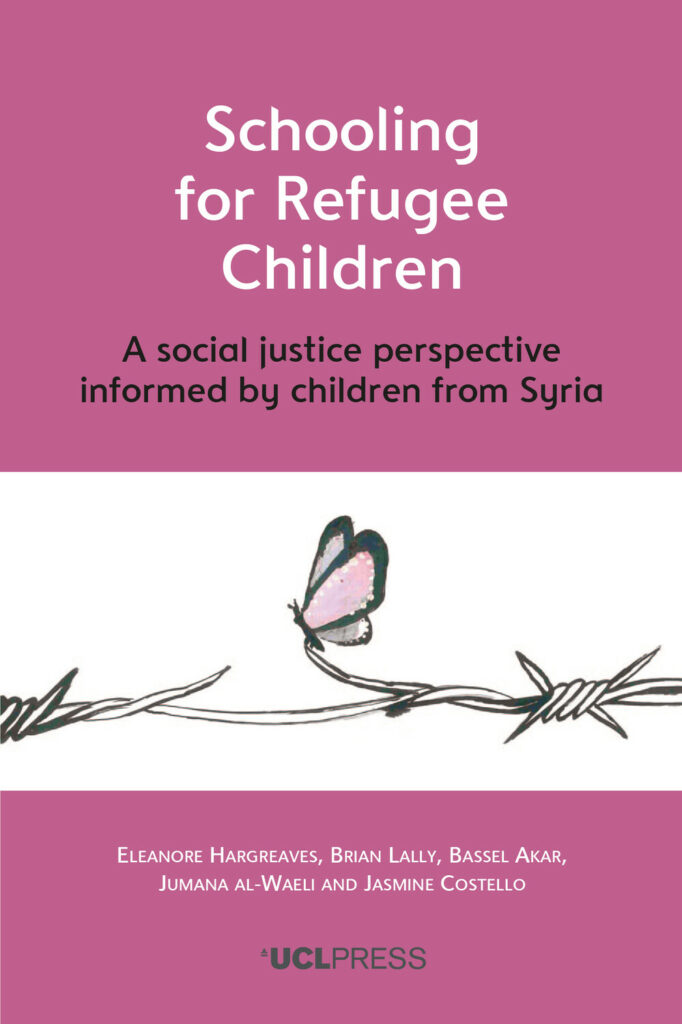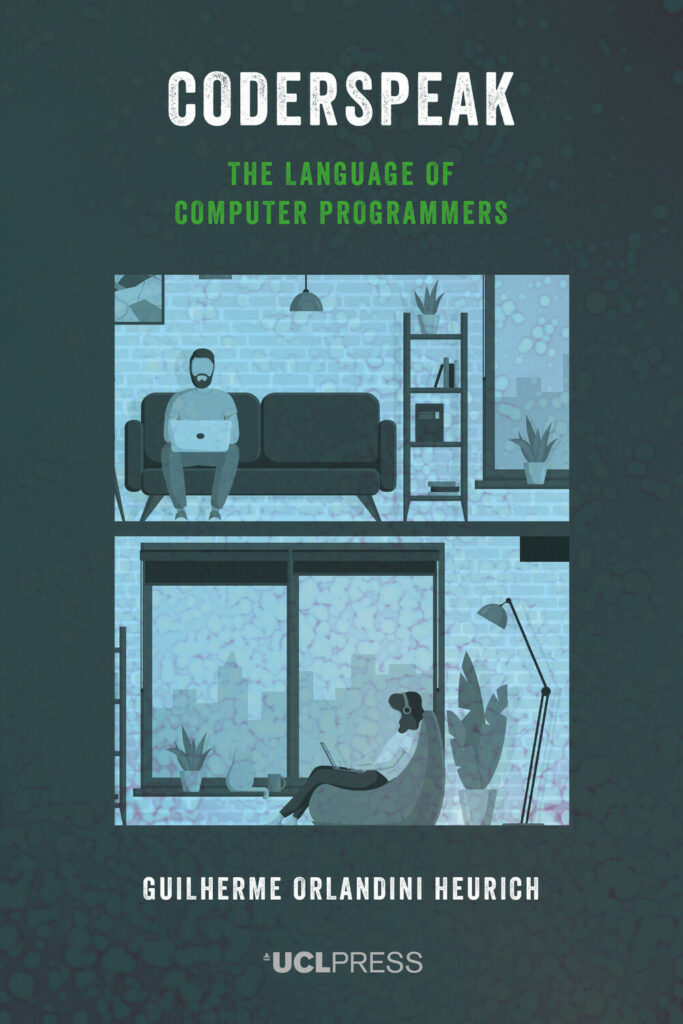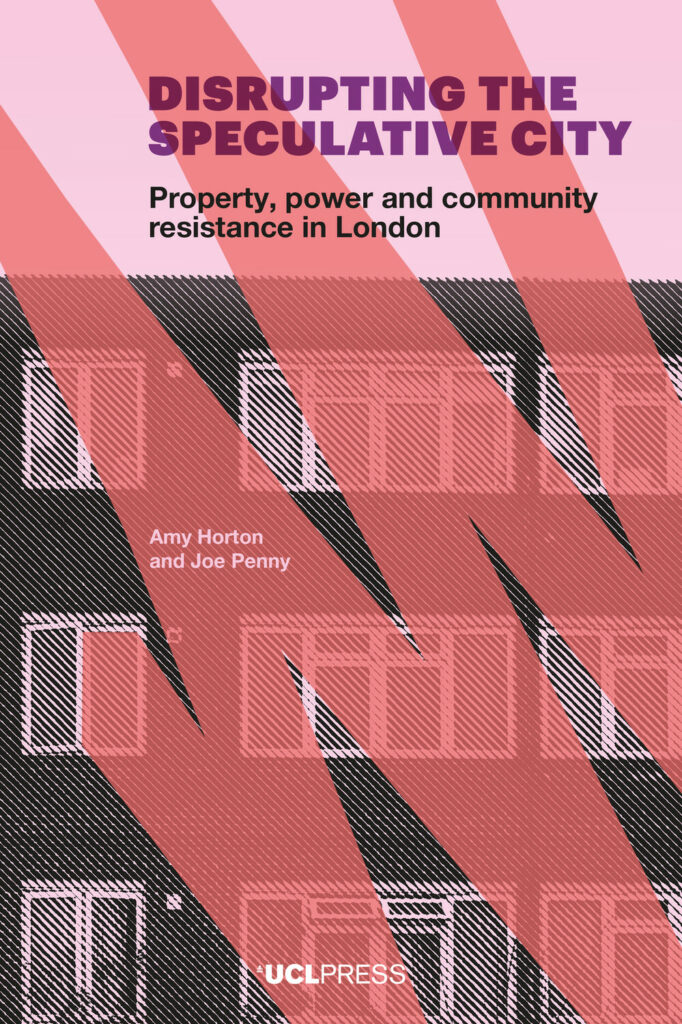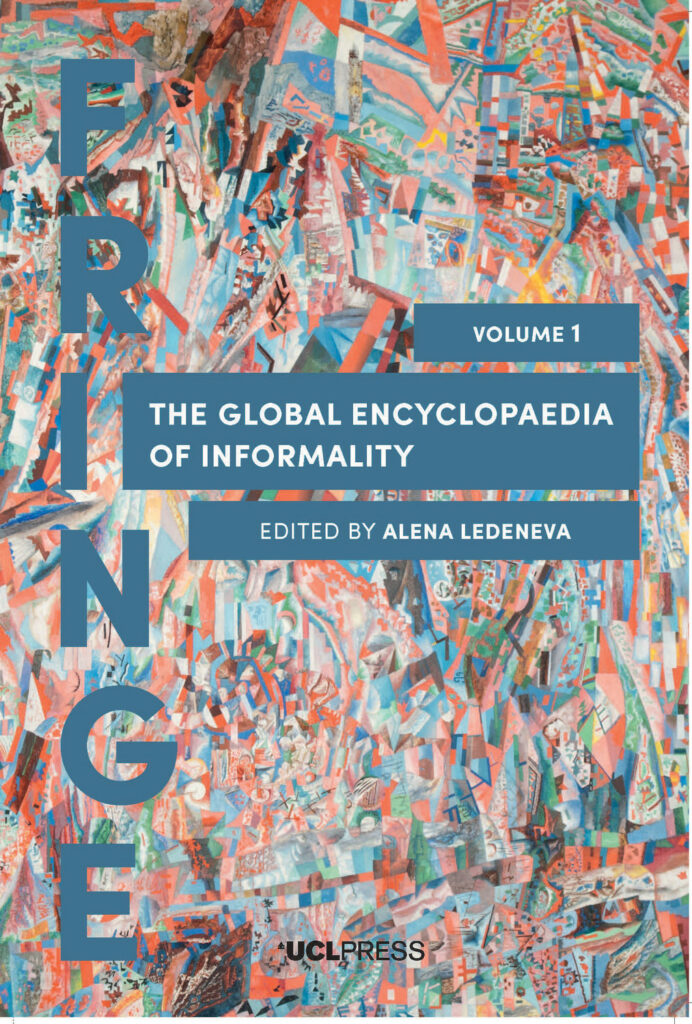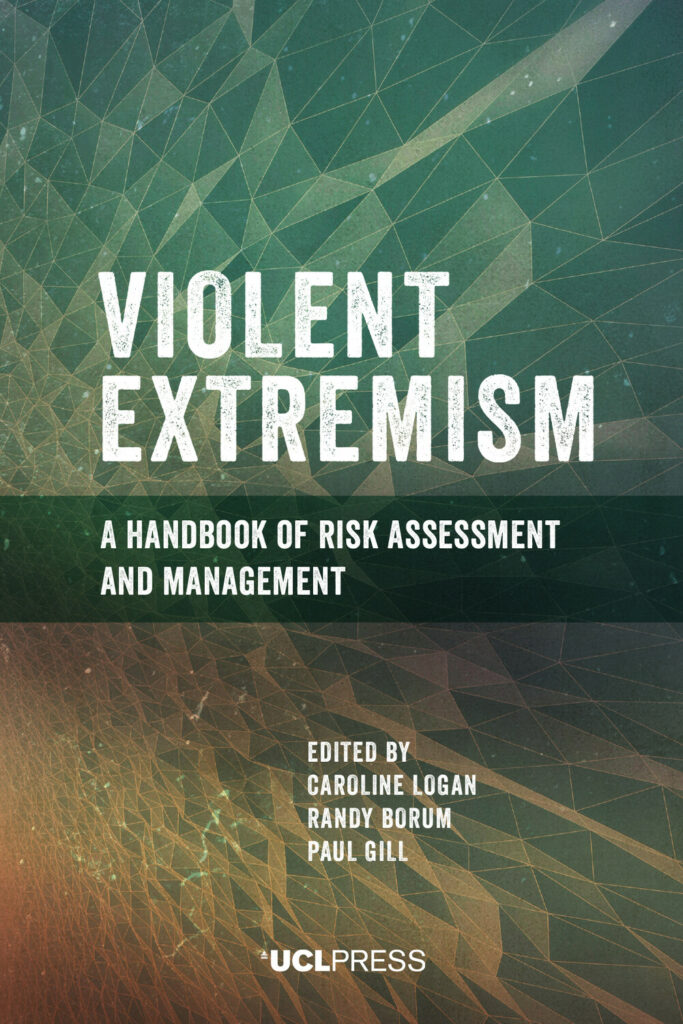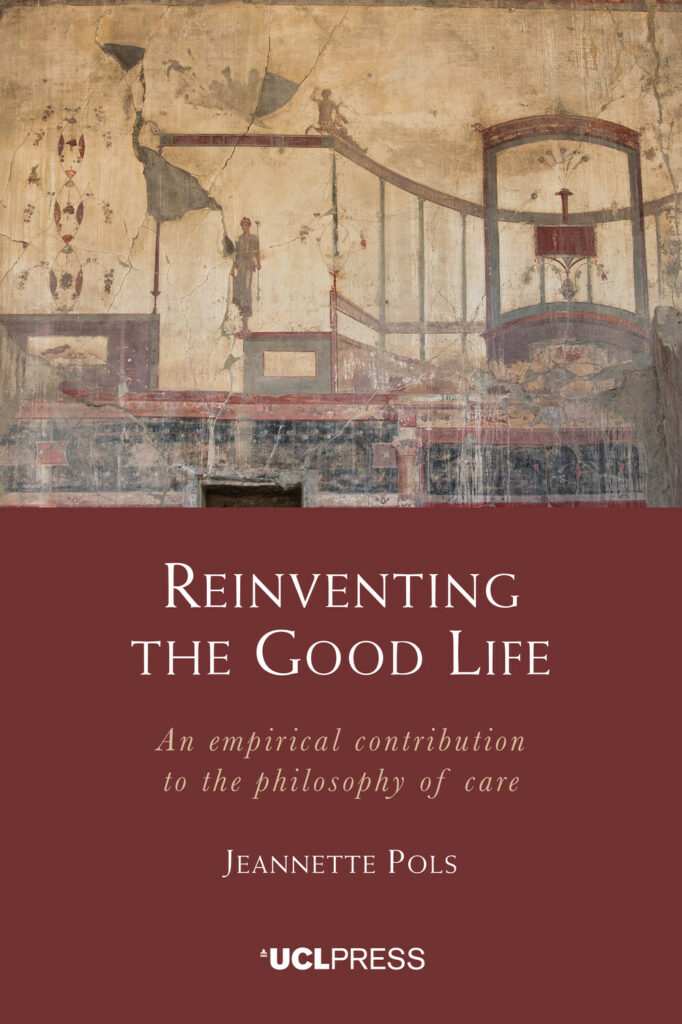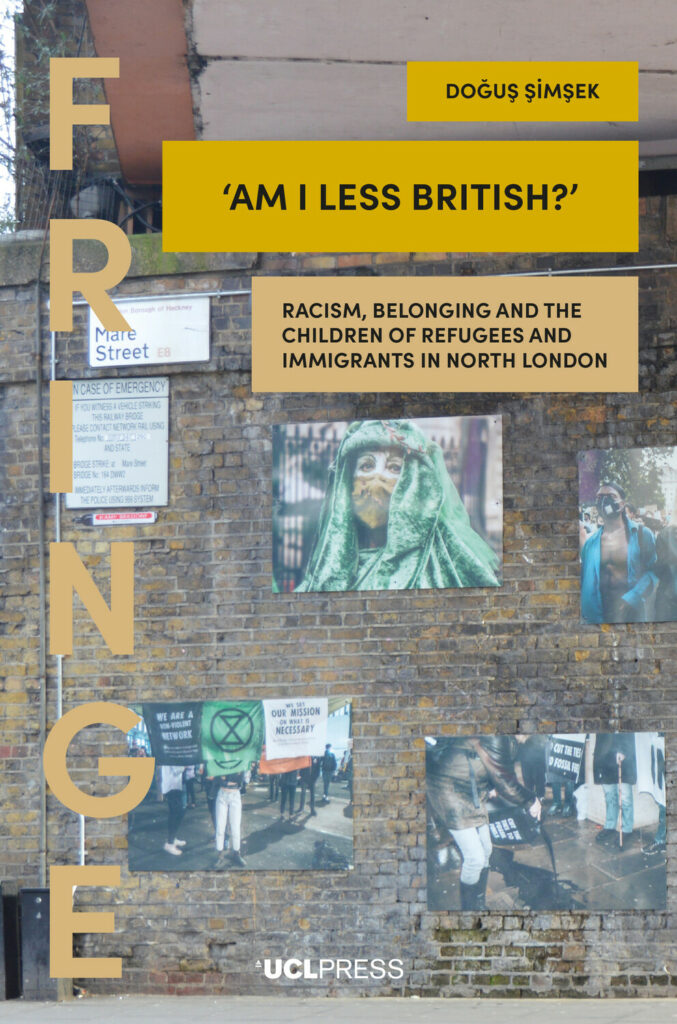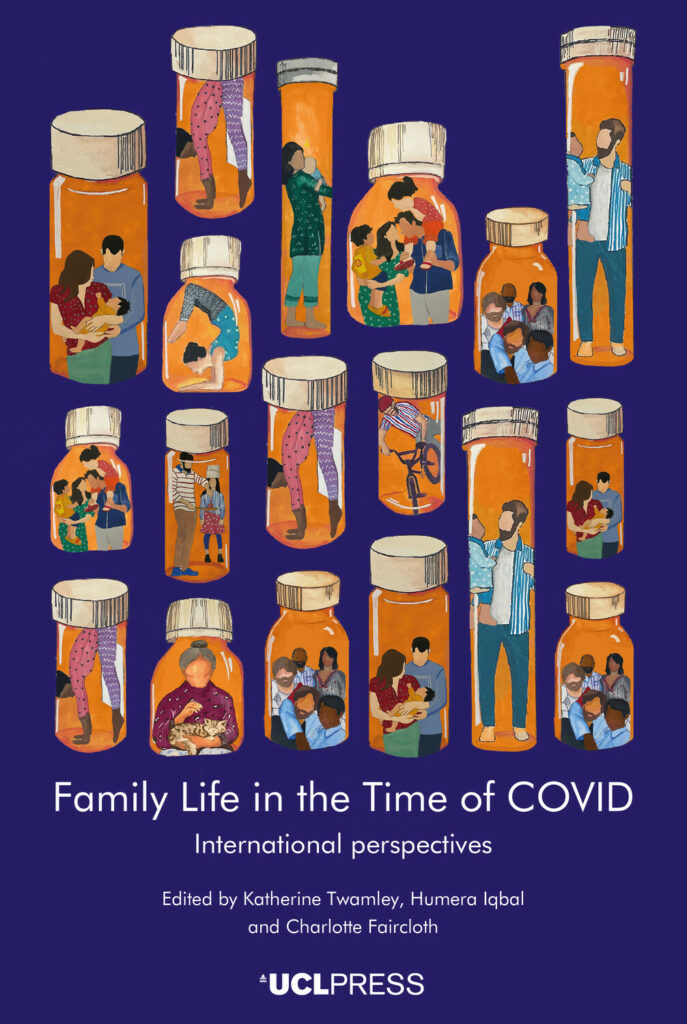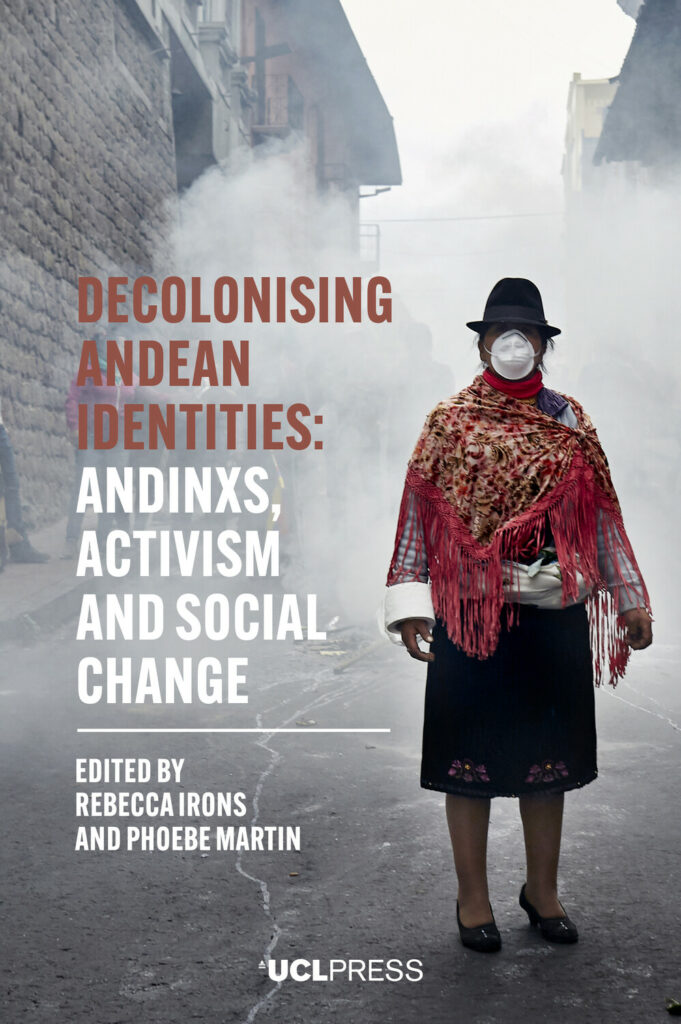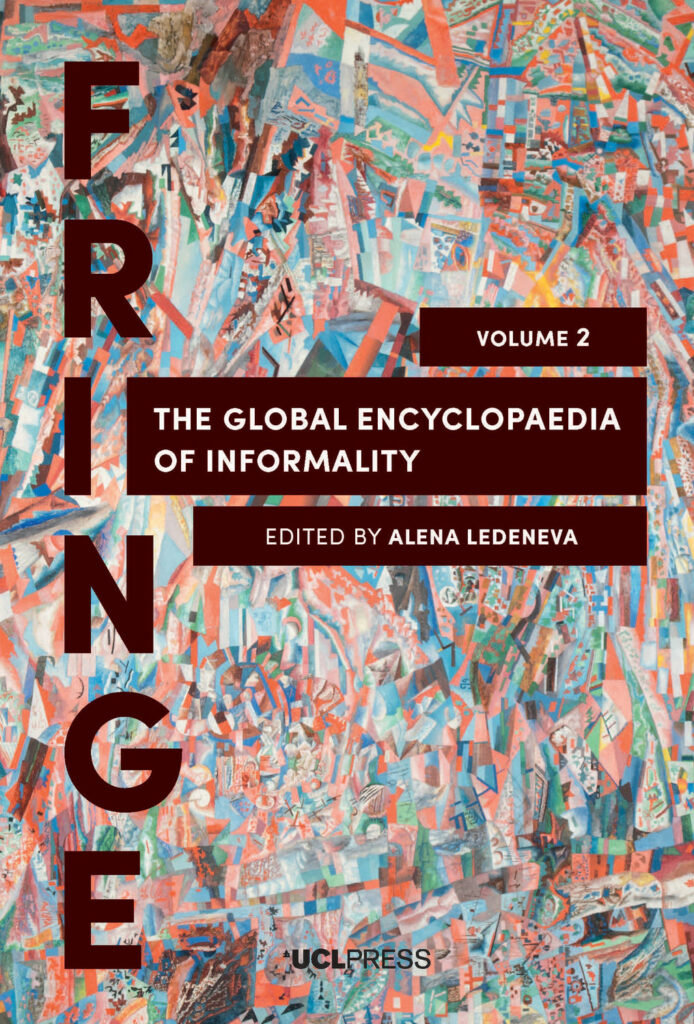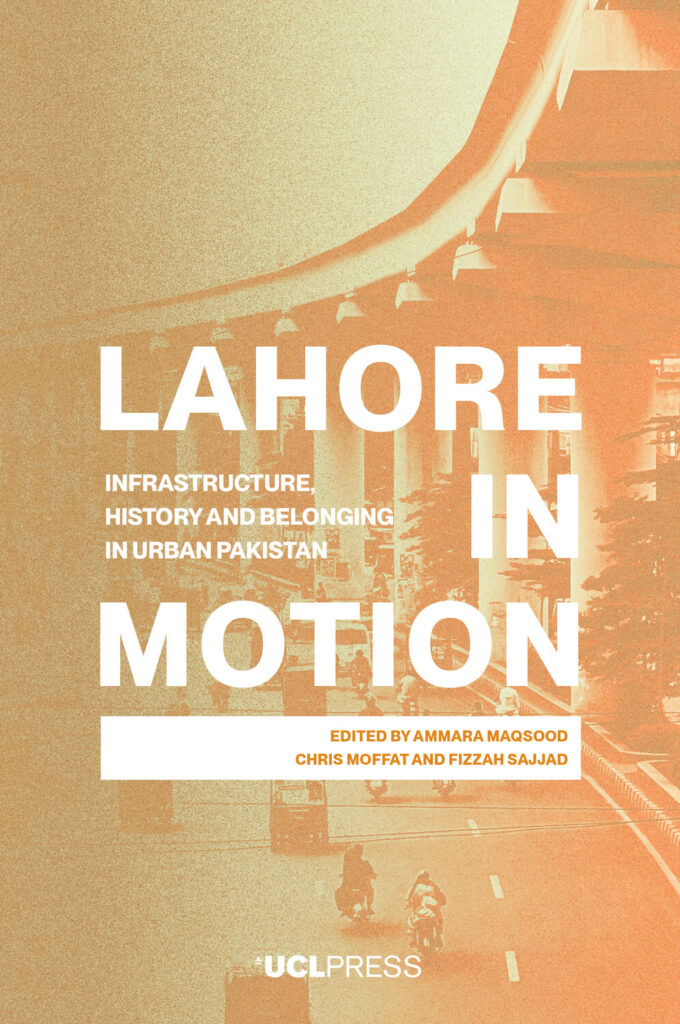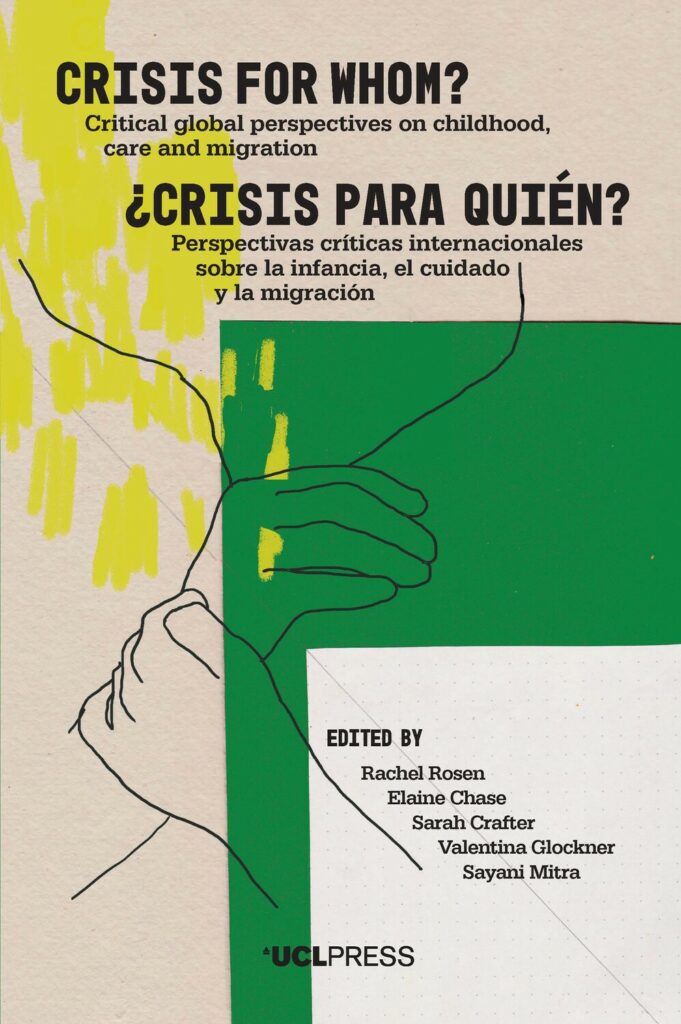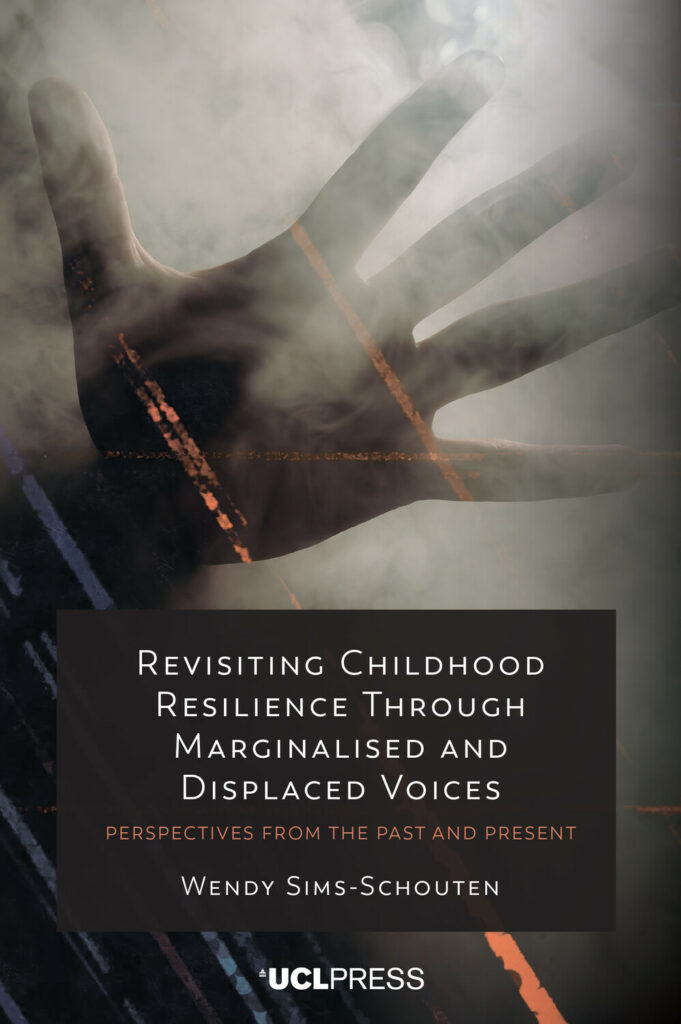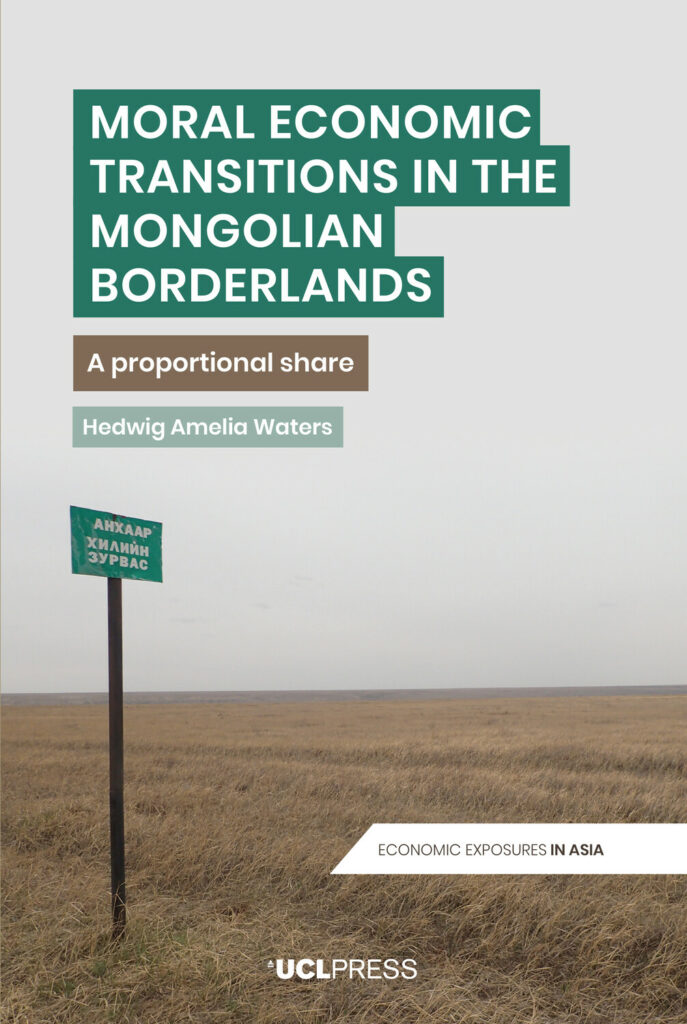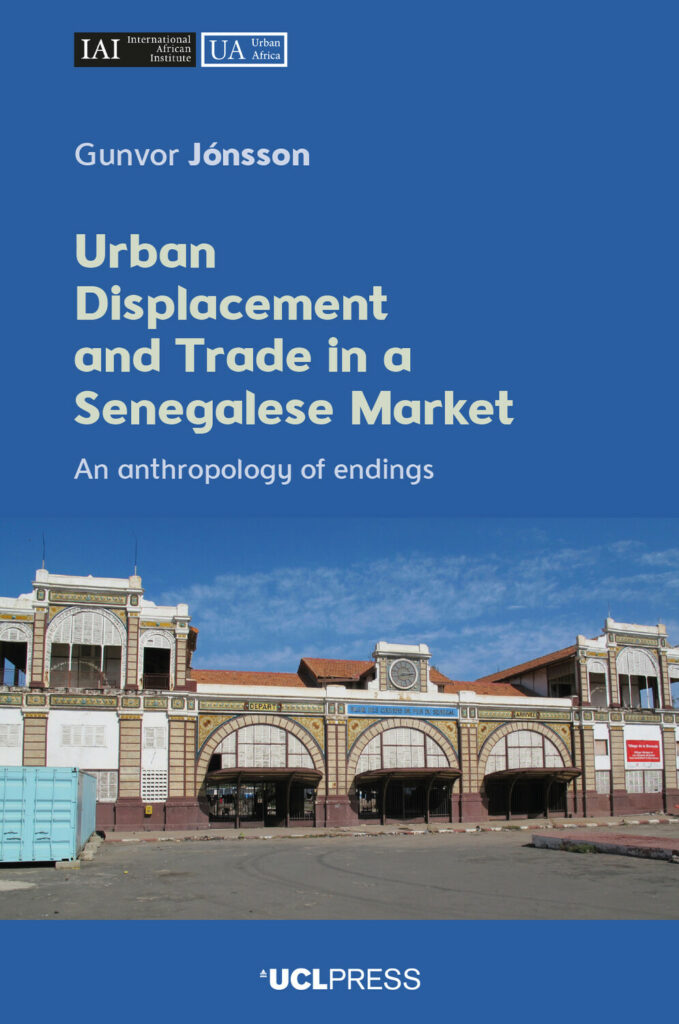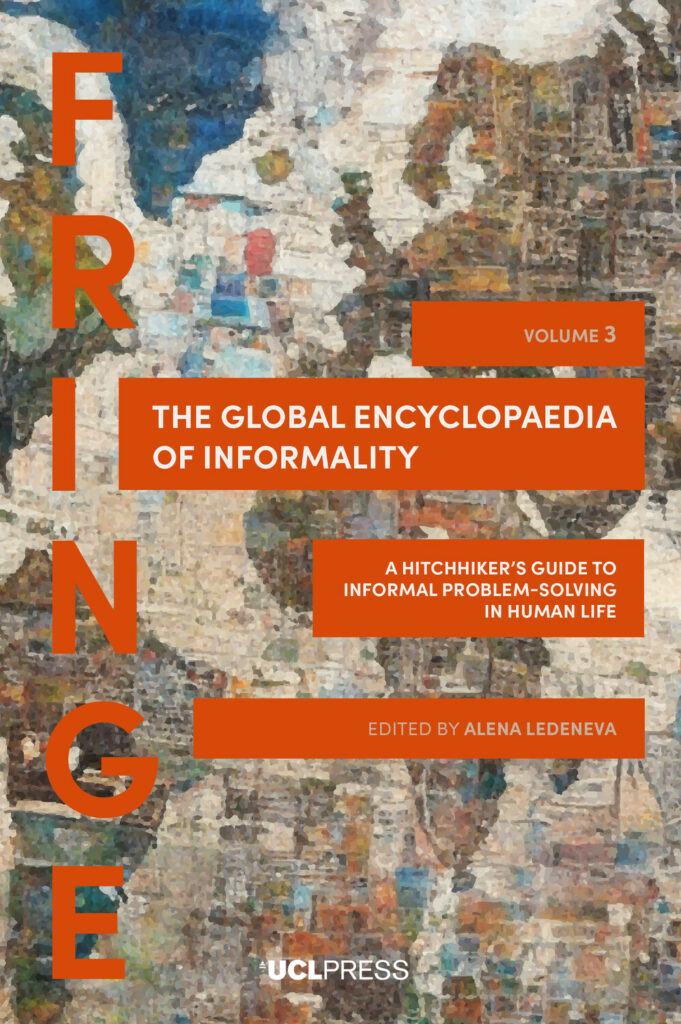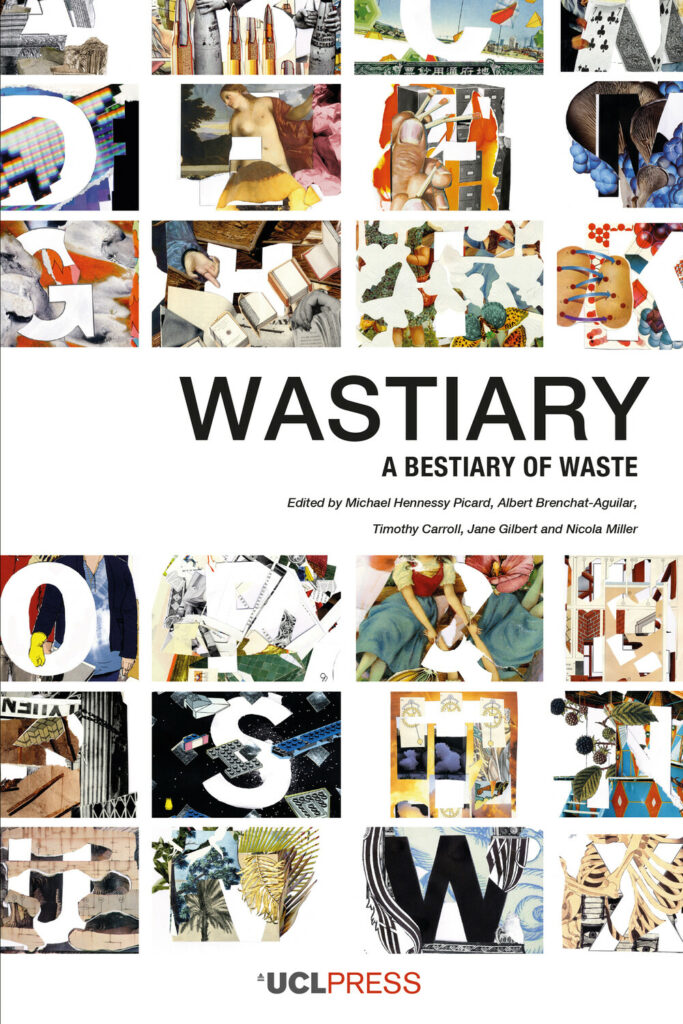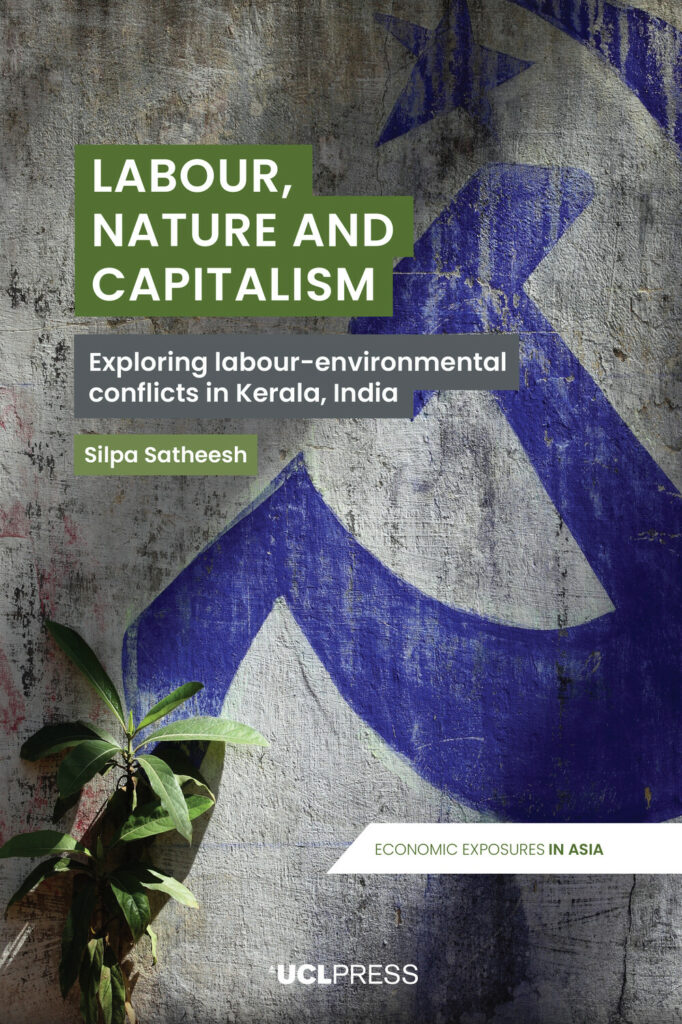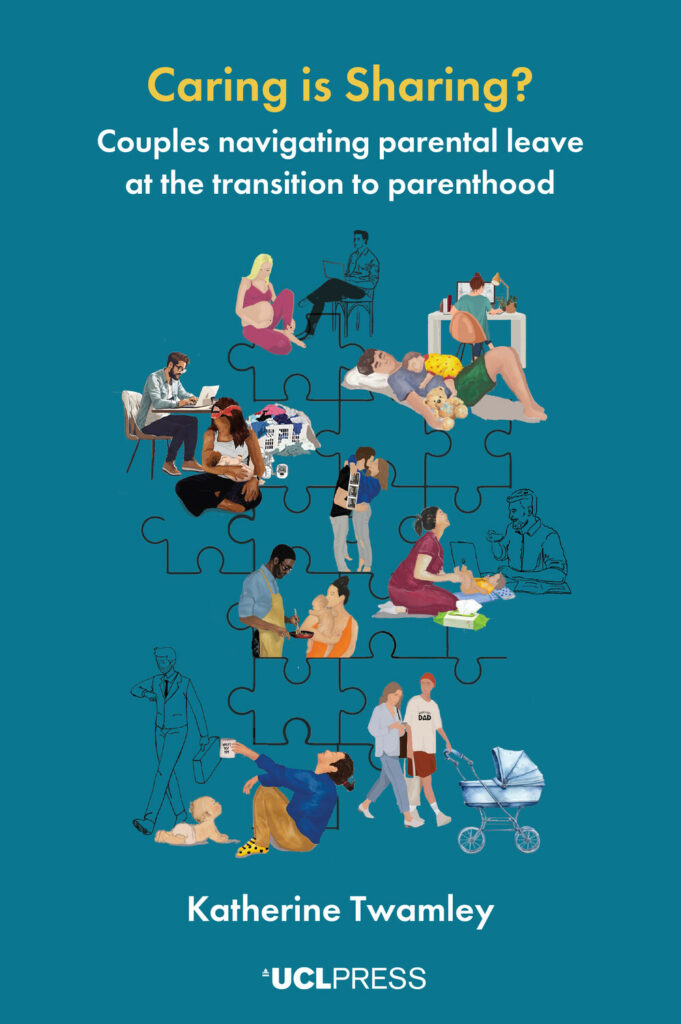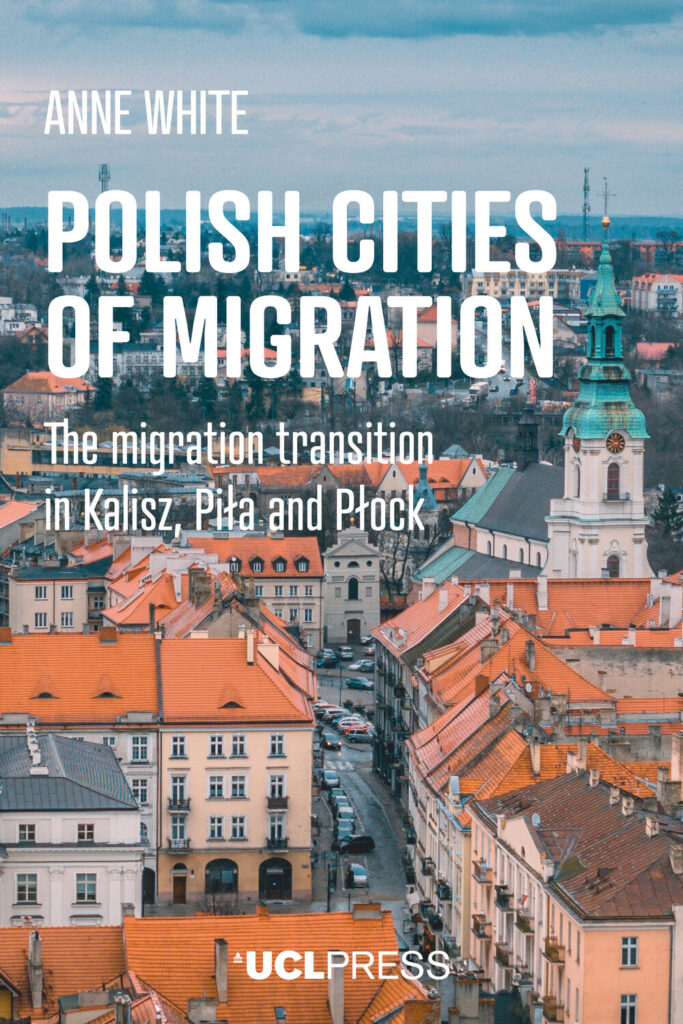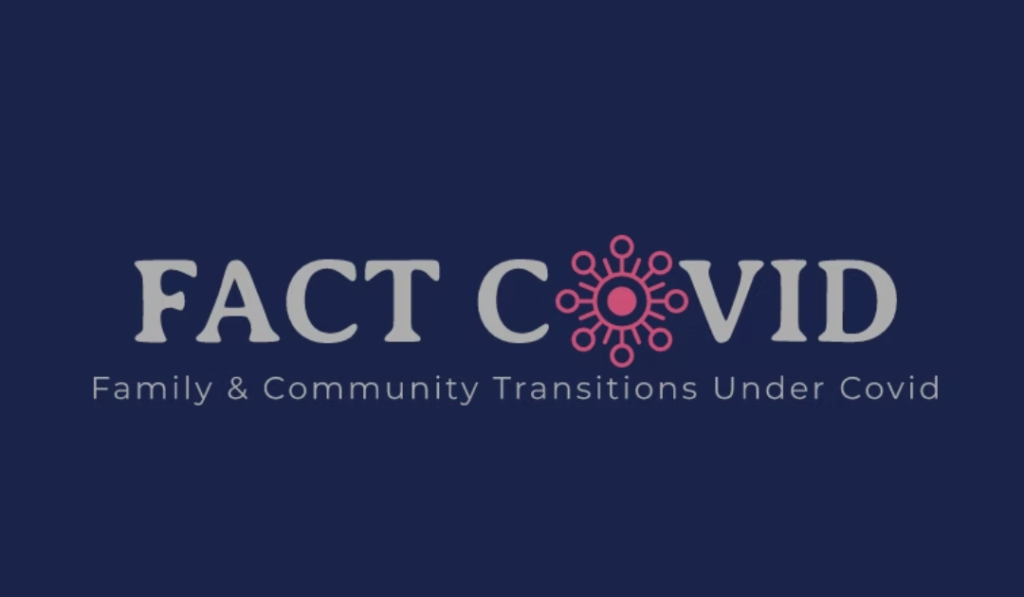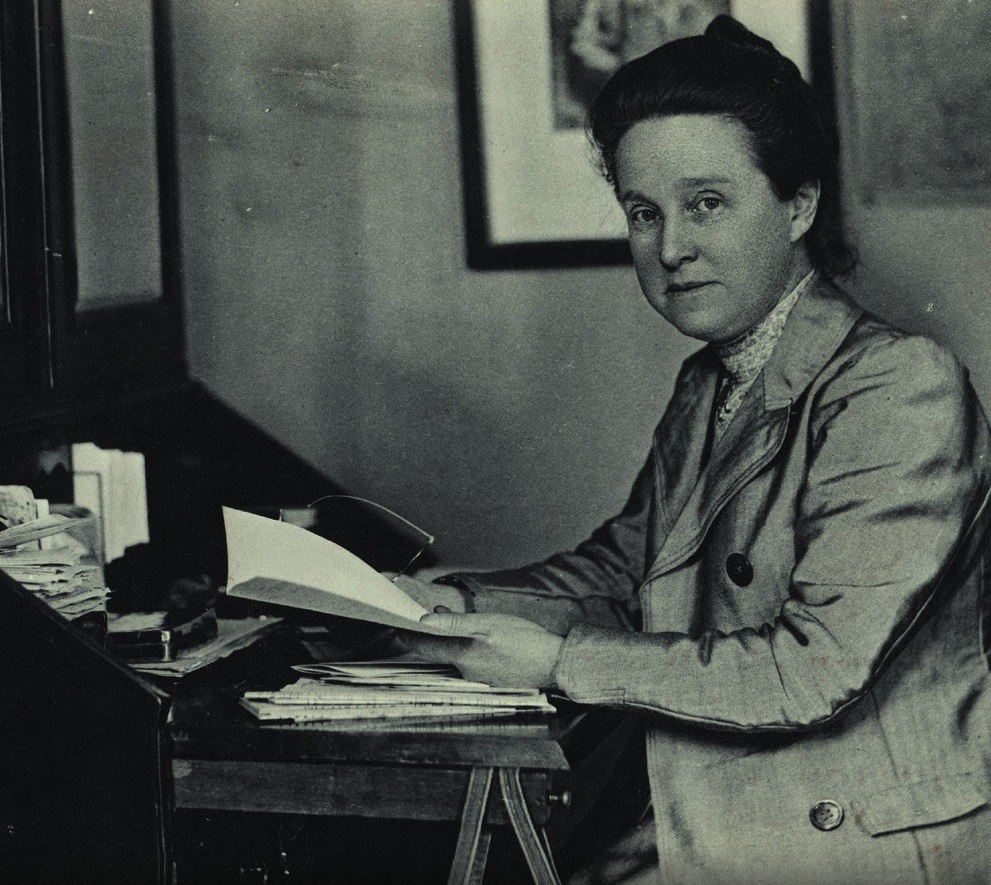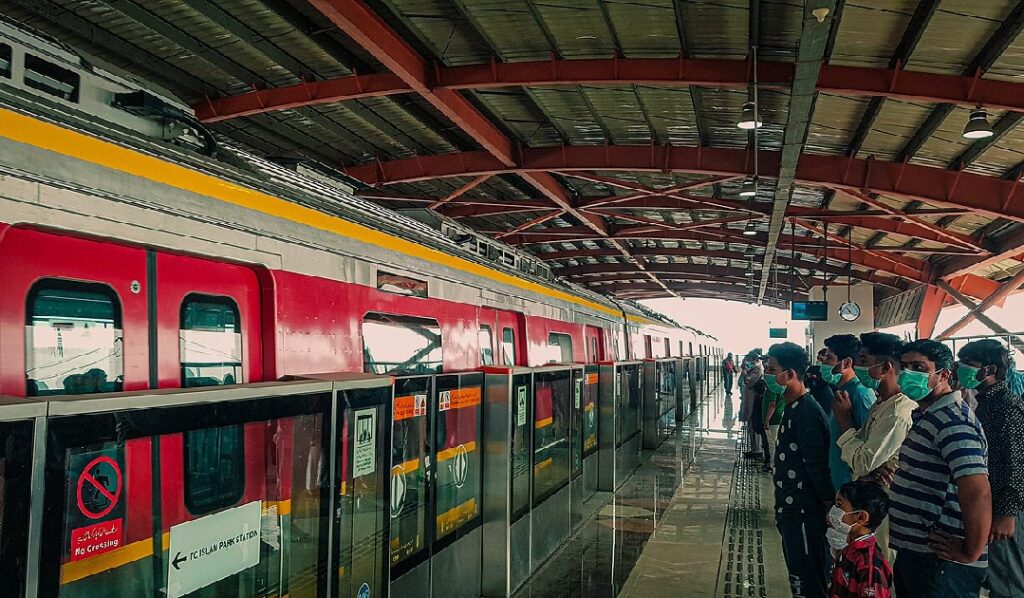Last month marked five years since the WHO declared the COVID-19 worldwide pandemic. In commemoration of this moment, the authors of Family Life in the time of COVID look back at what has changed and what has remained the same in their respective countries. In today’s blog, we hear from South Africa, the UK and Russia.
South Africa
In our project chapter (Haffejee et al 2023) focused on the numerous challenges South African families faced during the pandemic as well as the resources they accessed that enabled their resilience. One of the most significant stressors related to economic hardships – the complete lock-down meant the closure of many businesses, and many people lost their jobs. Single, female headed households were the most vulnerable and food insecurity increased. The closure of schools exacerbated the already deep educational divide in the country, and parents shared concerns over their children’s education. Beyond these challenges, there was also the emotional toll of the pandemic – isolation, financial worries, and worry about the pandemic increased feelings of stress and anxiety. Despite the many challenges, there were some positives; with government introducing emergency relief measures, communities organising to assist those in need and in some cases, families drawing closer without the distractions of everyday life.
What’s changed since this time?
The economic challenges that were exacerbated during the pandemic have yet to be resolved. The Social Relief of Distress (SRD) grant that was introduced as a temporary measure, has been extended to the 31 March 2025. The SRDG was particularly significant as it was the first grant in South Africa specifically designed for individuals aged 18 to 59 with no source of income, marking a shift in social assistance policy aimed at addressing the country’s high unemployment and poverty rates (Vanleeuw, Zembe-Mkabile, & Atkins, 2022). The grant was recognized as a critical social protection measure and continues to be at the forefront of discussions and has contributed to the calls for a Basic Income Grant. In the 2025 State of the Nation Address the President committed to develop the SRD grant into a more permanent solution, that would alleviate poverty.
Findings from a longitudinal study conducted with children and families in Johannesburg, showed that between 2020 and 2023, unemployment levels remained fairly stable and high, but financial debt increased (Patel et al., 2023). Currently, food insecurity in South Africa remains a critical issue, with many households still struggling to access adequate and nutritious food.
For the most part, schools have resumed their normal functioning. We know however that post the lockdown, there was almost a drop of 50% in school attendance (Anakpo, Nkungwana, Mishi, 2024). The longer-term impacts of this are as yet unknown. As we move past the immediate effects of the pandemic, the psychological impact on children and adolescents continues to be a significant concern (Sayed et al., 2024). However, Patel et al. (2023) showed a significant drop in caregiver depression between 2020 to 2023 ( 52.6 to 23.5%).
UK
As the lockdown periods came to an end in the UK, in June of 2021, we asked our participants in the UK about their hopes and expectations for the future. At this anniversary of the pandemic, we look back at their reflections and consider to what extent they have been realised.
The major shift identified by participants was the ability to work from home, and most hoped that this would be something that would last beyond the pandemic, giving them more time to spend with family, friends and life beyond work:
I think what I’d like to remain as it is now is the working from home aspect of life – cutting down commute time, cutting down the mad scramble in the mornings and at nursery-pickup time and then that exhausted feeling at the end of the day only to realise it needs to all happen again the following morning. Zenobia Mum, May 2021
The working from home aspect itself I do like, I don’t think I want to go back ever to go for work full time. I think people have enjoyed having an hour to back every day from work for the working day, seeing friends or going doing exercise or seeing your children and cooking a meal, reading a book, it doesn’t really matter. […] I probably want to keep that forward. Lily Mum
People working from home now and after pandemic, […] and that shows that this life will be changed for some people but I’m working in a frontline so my life will not be changed that much. Ilama Dad
Working from home has the potential to improve gendered equality in paid and unpaid work, through increasing men’s time at home and their participation in domestic work and childcare (Twamley 2024). But as we see with Ilama Dad, not everyone can work from home, and in fact it’s more often women than men, leading to further gendered inequalities in paid and unpaid work (Chung 2022). During the pandemic, gendered inequalities in domestic work and ‘COVID labour (Twamley et al 2023) were further embedded. This appears to have had a lasting legacy: this year the UK was awarded its lowest ranking for workplace gender equality in a decade (see here). Either way, increasingly employers are demanding workers return to their offices (HR magazine) suggesting this desired shift is under threat.
Russia
It’s five years since the start of the COVID-19 pandemic and four since lockdowns. Still, every now and then, about once every couple of months, we hear someone in our immediate social circle say, “Oh, I’ve got that nasty COVID again,” or “My sister has it.” But these mentions have become routine, matter-of-fact—no different from the flu. As a societal crisis, COVID-19 in Russia has been replaced by the crisis of war—first in Ukraine, then in Israel (in Russia, roughly every third person has personal ties to either Ukraine, Israel, or both). If we take a step back and analyse it through a cool sociological lens, the most striking difference between these two crises lies in how society responds to them.
During COVID-19, people largely sought to unite and cooperate against an unknown danger. Even those who refused to wear masks were still seen as part of “us” rather than cast into a hostile “them.” Governments, media, and public discourse framed the virus as a common enemy, fostering a shared reality where collective action and cooperation were necessary for survival. Even when disagreements arose—over masks, lockdowns, or government policies—these differences rarely redefined people as fundamentally opposed. The invisible nature of the virus helped sustain a unifying narrative, reinforcing the idea that, despite conflicts, society was in it together.
War, in contrast, has done the opposite. It constructs a reality not of unity, but of division. Instead of a collective struggle against an external threat, war forces people to take sides. People align with one side, often adopting simplified, emotionally charged narratives that justify their position and demonise the other. Unlike the collective response to COVID-19, where differences were often tolerated within the larger group, war tends to force stark distinctions—disrupting relationships, communities, and even shared historical narratives.
Both crises serve as powerful examples of the social construction of reality and its influence on group behaviour. COVID-19 fostered a sense of collective responsibility, allowing disagreement to coexist within a broader shared purpose. War, by contrast, demands visible allegiance, dividing society into opposing camps. As such, despite its death toll, COVID-19 now seems like a nice and cozy piece of cake—a glimpse of those stay-at-home days with family and friends, when the crisis, for all its fear and uncertainty, still carried an undertone of togetherness.
References
Anakpo G, Nkungwana S, Mishi S. (2024). Impact of COVID-19 on school attendance in South Africa. Analysis of sociodemographic characteristics of learners. Heliyon. 2024 Apr 1;10(7):e29096. doi: 10.1016/j.heliyon.2024.e29096. PMID: 38601547; PMCID: PMC11004647.
Chung, H. (2022). The Flexibility Paradox: Why flexible working leads to (self-) exploitation. Bristol: Policy Press.
Patel, L., Sello, M., Haffejee, S., Mbowa, S., Sani, T., Graham, L., Gunhidzirai, C., Pillay, J., Henning, E., Telukdarie, A., Norris, S., Ntshingila, N., Raniga, T., Zembe-Mkabile, W., Nyati, L., Nesengani, T.V., Setlhare-Kajee, R., Bezuidenhout, H. How well are children faring? A longitudinal assessment of child wellbeing in the COVID-19 pandemic in selected Johannesburg schools over three waves from 2020 -2022. Johannesburg: Centre for Social Development in Africa, University of Johannesburg. September 2023
Sayed, A. A., El-Gendy, A. A., Aljohani, A. K., Haddad, R. A., Taher, O. H., Senan, A. M., … & Alqelaiti, B. (2024). The effects of COVID-19 on the mental health of children and adolescents: a review. Cureus, 16(3).
Twamley K (2024) Caring is Sharing? Couples navigating parental leave at the transition to parenthood London: UCL Press
Twamley K, Faircloth C, Iqbal H (2023) COVID Labour: Making a ‘livable life’ under lockdown. The Sociological Review 71(1):85-104Haffejee, S., Mwanda, A. and Simelane, T. (2023). South Africa: COVID-19 and family well-being. In K. Twamley, H. Iqbal and C. Faircloth (eds) Family Life in the Time of COVID: International Perspectives. London: UCL Press
Vanleeuw L, Zembe-Mkabile W, Atkins S (2022) Falling through the cracks: Increased vulnerability and limited social assistance for TB patients and their households during COVID-19 in Cape Town, South Africa. PLOS Glob Public Health 2(7): e0000708. https://doi.org/10.1371/journal.pgph.0000708
(https://www.iol.co.za/news/politics/sona-2025-how-the-expanded-social-relief-grant-could-pave-the-way-for-basic-income-in-south-africa-79083e9b-bf51-4bf8-83d0-0d5904e9d651
(https://iej.org.za/blogs/south-africas-fight-for-a-basic-income/).
About this post
This post originally appeared on the research team’s blog: https://fact-covid.wixsite.com/study/post/five-years-on
